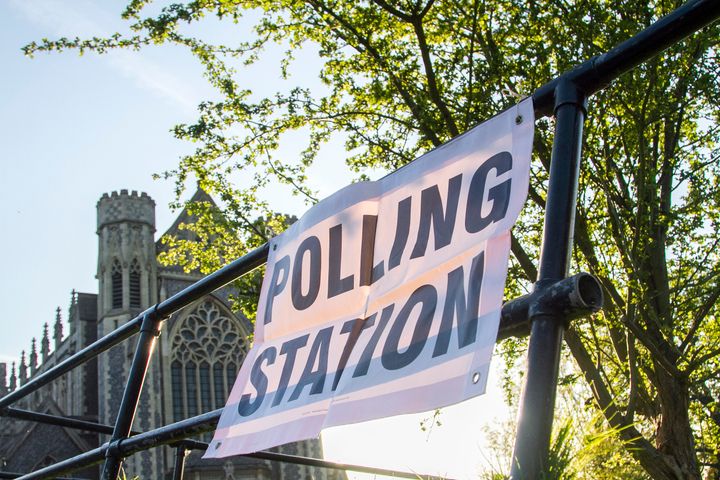
The Government’s tightly controlled parliamentary constituency Boundary Review has finally been delivered this month. It will now apparently be translated into a ‘complex and lengthy statutory instrument’ which will take months to prepare – perhaps forever.
From the Coalition Government’s opening claim in 2011 that “the principle of greater equality in the value of each vote is at the heart of this Boundary Review” , the Review has lurched from crisis to crisis, its relationship with its guiding principle more tenuous by the week. In February, a report by the Commons’ Public Administration and Constitutional Affairs Committee called for an urgent parliamentary debate to bring about a new Boundary Review, because there is little confidence that Parliament will approve the current one. In May, the Government used a cynical device to spike a Private Member’s Bill sponsored by Afzal Khan which softens some of the worst excesses of the Review. It had passed its Second Reading and was ready for its Committee Stage, but is now stalled because the Government is denying it the minimal funding required to proceed. It meets every Wednesday, and adjourns without doing any business, like something out of Dickens’ ‘Bleak House’.
The Government has clearly believed there’s something for it in its own Boundary Review. The objectors from all parties that increasingly encircle it clearly think something is rotten here. My report Challenging the Democratic Deficit examines the consequences for our democracy of the Boundary Review as it stands. It’s not pretty.
Consider this: the MP for West Ham, Lyn Brown, currently represents a constituency population of 174,534 – 105,000 more people than the MP for Wirral West, Esther McVey, who is the Secretary of State for Work and Pensions. It doesn’t make a lot of sense to have one MP representing more than double the population of another – nor is it remotely fair.
But there are considerable holes in the claim that a fairer distribution of seats is on offer. Looking in detail at the Review’s proposals, analysis for my report found that each of the ten proposed constituencies with the smallest adult populations will have an average 43,720 fewer resident adults than the ten with the largest adult populations. So some parts of the country will continue to get considerably more MPs to the pound for their vote than others. And guess what, those with the lowest level of political representation are markedly more deprived constituencies.
So how did we get to this point? By using the population of registered electors to redesign constituency boundaries. The electoral registers have been wildly volatile in recent years. In 2016 and 2017, more than four million new voters were registered, but they weren’t counted in drawing the new boundaries, because of a cut-off point in December 2015. They include a high proportion of young people, private tenants and people from ethnic minorities. It’s such a hopelessly unstable basis for a Boundary Review that it will be out of date before it is implemented. And it is strikingly inconsistent with the principle of universal suffrage which we thought we had achieved in the 20 century. In Liverpool Riverside, a third of the adults eligible to vote are not registered. They are left out of the Boundary Review.
What is extraordinary is that the solution is so simple. The Boundary Review depends on a legal definition of ‘electorate’ which is limited to those registered to vote. If that were changed to ‘the total number of persons eligible to vote by dint of age and citizenship’, it would represent the true electorate - indeed, for the first time ever, the principle of universal suffrage - and would meet the Government’s alleged “principle of greater equality in the value of each vote ”. The small area statistics we would need to do this have already been produced by the Office for National Statistics and National Records of Scotland. And if 16 and 17-year-olds were added to the data used, a new Boundary Review would have a longer shelf-life by two years, as well as preparing the ground for votes at 16.
There are huge implications in continued acceptance of our parliamentary boundaries being defined by a structural obstacle to universal suffrage. The fact that it has been tolerated for many decades does not justify it. The contrasts in population size in the proposed constituencies identified by my report, as well as the analysis of current constituencies with the lowest levels of registration, point to a conclusion that a level playing field in the last election – boundaries based on eligible adult population – would not have resulted in a Conservative Government. Further waves of registration will result in younger voting populations corralled into fewer constituencies with fewer MPs, distorting an election once again. And as we know, the majority of people aged under 48 voted Labour in the 2017 election.
If the Review is not approved and there’s nothing to replace it, the 2022 General Election will be fought on boundaries that were already in place – and already questionable – at the beginning of this century. There is an opportunity to structure our democracy rationally in a way consistent with the principle of universal suffrage, by tagging the change of definition onto Afzal Khan’s Bill. But that seems unlikely to happen. More likely is that Labour will see the case for this long overdue reform to be in its manifesto. There’s a faultline in our democracy that has long been hidden in plain view, and the more disillusioned the electorate, the harder it is to hide.
Steve Griffiths is author of Challenging the Democratic Deficit, a Centre for Welfare Reform report on the Boundary Review and its effects
